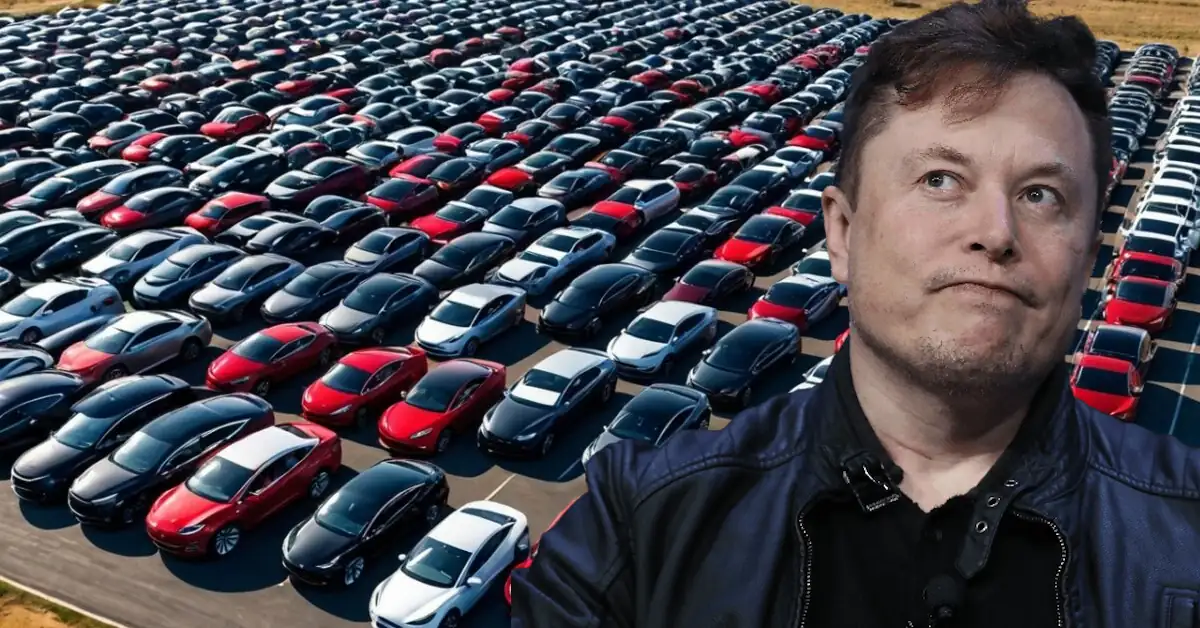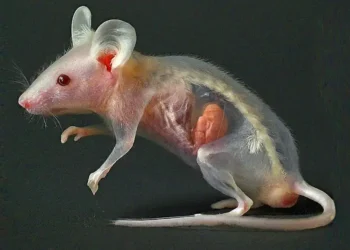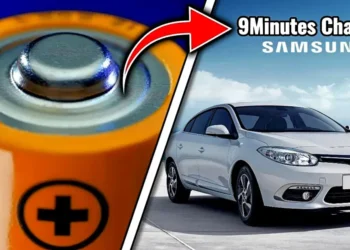Tesla is dealing with a growing number of unsold vehicles, particularly in Austin, Texas. This comes as shareholders are set to approve a $56 billion compensation package linked to the company’s stock performance.

Tesla’s troubles seem endless. The electric vehicle giant has been making headlines for all the wrong reasons. While the Cybertruck’s polarizing design has drawn attention, Tesla faces a bigger problem:
A growing stockpile of unsold vehicles, particularly in Austin, Texas. The struggle to sell cars is increasingly visible, especially from above.
Growing Inventory of Unsold Vehicles
Reports of unsold Teslas surfaced last month when Channel 7 News in Australia showed video of cars piling up at the port of Melbourne.
Despite cutting prices by up to AUS $20,000, sales are still below expectations. Channel 7 News cites the lack of a comprehensive charging network and falling resale values as reasons for the low demand.
Sherwood News compared Tesla parking lots using satellite images from October 2023 and March 2024. The analysis showed a notable increase in occupied parking spaces by March, supporting Tesla’s first-quarter earnings report released in April.
The report showed that the company made a lot more cars than it sold, with deliveries decreasing by 8.5% compared to the previous year, and almost 47,000 more cars produced than sold. This was Tesla’s first drop in sales since the production pause caused by the 2020 pandemic.
Rani Molla of Sherwood News reports that Tesla produced 433,371 cars in the first quarter of this year but delivered only 386,810, leaving about 47,000 extra vehicles. This is more than double the surplus from a year ago and the largest in the company’s history.
According to Molla, this surplus occurs as Tesla faces challenges like slowing electric vehicle sales growth, increased competition, and chaotic leadership.
Satellite Analysis Reveals Surplus
According to satellite imagery from SkyFi, these unsold vehicles are stationary in parking lots, awaiting transportation. Sherwood News also identified similar occurrences nationwide, such as at Chesterfield Mall in St. Louis, where excess inventory, including nearly 500 Teslas, was observed in satellite images from May 2024.

Adding to Tesla’s challenges, shareholders are set to vote this week on Elon Musk’s nearly $56 billion compensation package at the company’s annual meeting.
This vote follows a February decision by a Delaware judge to invalidate the pay deal, citing Musk’s close relationships with the board members who originally approved it.
The current situation presents significant challenges for Tesla. The surplus in production indicates that demand might not be matching the company’s high production goals.
This disparity is likely to raise concerns among investors, especially as Tesla faces scrutiny over its leadership and strategic choices during these turbulent times.
As Tesla addresses these operational and logistical challenges, the direction of its market strategy and production capabilities will be pivotal. The upcoming shareholder decisions could bring substantial changes to how Tesla manages its business challenges, potentially including relocating its headquarters and revising executive compensation practices.
The results of these votes and Tesla’s ability to resolve its inventory surplus will greatly influence its path in the competitive electric vehicle market.
The Future of Tesla and the EV Revolution
Tesla is now producing more cars than there is demand for. The CEO had predicted sales of 10 million cars annually by 2030, with more growth from new factories in Europe, Mexico, and India. However, this optimism has led to an oversupply of unsold vehicles.
Consumer interest in electric cars has changed significantly in the past six months. It’s unclear if this is due to resistance from oil companies, but something has definitely shifted.
States like Virginia are opposing California’s clean transportation plans. Meanwhile, the US is worried about competition from China’s cheap electric cars, and the EU is considering higher tariffs.
Chinese manufacturers are surprising Tesla with their competitive pricing, despite Tesla’s advanced technology. The sight of unsold Teslas piling up is bad for the electric vehicle (EV) revolution.
The shift to zero-emission transportation is crucial for reducing emissions and preventing environmental damage.
However, progress seems to have stalled. Manufacturers are now focusing on hybrids, a technology developed by Toyota 40 years ago.
Unlike other major automakers, Tesla can’t add internal combustion engines to its lineup to attract cautious customers.
In short, while other automakers offer various options, Tesla relies solely on electric vehicles. This could pose a problem for Tesla.












